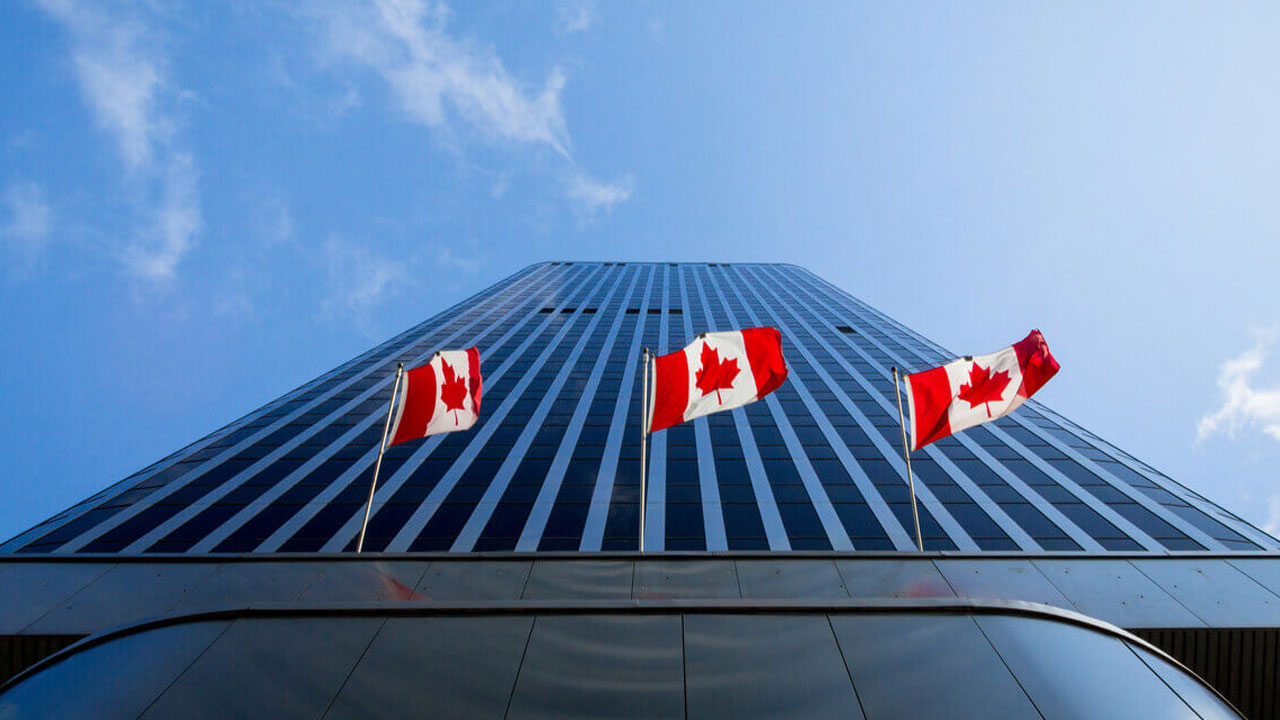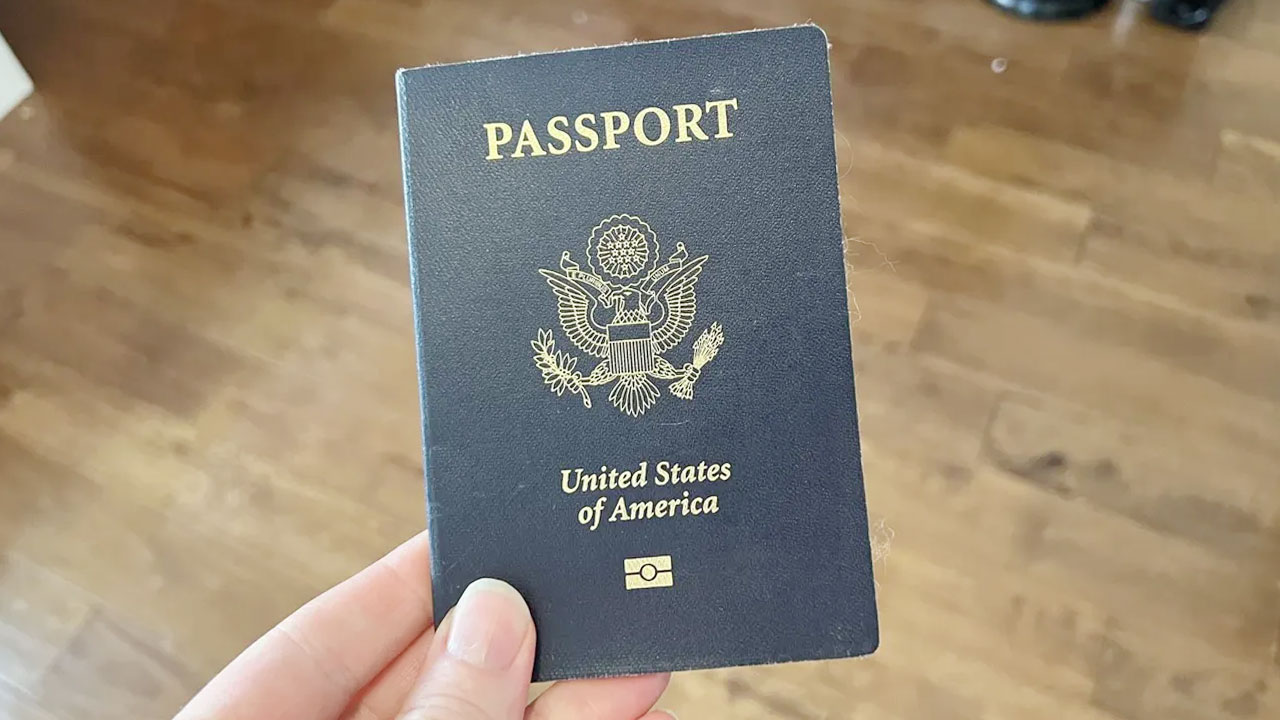The orange peel theory is a concept in economics that aims to explain capital flow and its effect on economic booms and busts. It likens the expansion and contraction of credit in an economy to how an orange peel inflates and deflates.
The theory argues that rapid growth in credit and foreign capital inflows leads to economic booms, but these are often followed by busts when capital suddenly exits the economy. Just like an orange peel inflating then deflating.

Overview of the Orange Peel Theory
The orange peel theory was first proposed in the 1990s by a group of economists to explain the economic crisis affecting East Asian economies at the time. Here are some key points about the theory:
- It aims to explain the economic boom and bust cycle experienced by some fast-growing economies.
- The theory argues that surges in foreign capital inflows often fuel rapid economic expansion, like an orange peel inflating.
- However, these inflows or “hot money” can suddenly reverse, deflate the economy, and cause an economic crisis, like an orange peel deflating.
- It likens the ebb and flow of foreign capital to how an orange peel inflates with air then shrinks as the air escapes.
- The theory suggests economies that rely heavily on short-term foreign capital are most vulnerable to this boom-bust cycle.
Since its inception, the orange peel theory has been applied to analyze other economic crises caused by sudden capital flight. This includes the late 1990s Asian Financial Crisis, the 1994 economic crisis in Mexico, and more recently, the 2018 currency crisis in Turkey and Argentina.
The Origins of the Orange Peel Theory
The orange peel theory first emerged in the 1990s during the East Asian financial crisis. Here’s a brief background on the origins of this theory:
The East Asian Financial Crisis
In the early and mid-1990s, the East Asian region experienced a period of rapid economic growth, fueled by heavy foreign capital inflows and investment. Countries such as Thailand, Indonesia, South Korea and Malaysia saw their GDP growth reach 8-12% per year.
However, in 1997, a series of financial crises rocked the economies across Asia. Currencies collapsed, stock markets plunged, and foreign capital rapidly exited these economies. By 1998, most countries had fallen into deep recessions.
READ MORE – What does the Samsung Galaxy Ring do? All You Need To Know [Detail Story]
Explaining the Sudden Boom and Bust
Economists sought to explain this sudden shift from stellar growth to economic meltdown across the Asian region.
In 1999, a theory emerged from policy circles in China that likened the cycle of rapid growth followed by crisis to an orange peel. When an orange is peeled, the peel inflates like a balloon. But when air escapes, it sharply deflates.
This analogy was used to explain the amplification effect short-term foreign capital flows had on the economy. Capital inflows had rapidly inflated these East Asian economies. But once they escaped, the peel shrunk down just as quickly, causing financial and economic crisis.
And thus, the orange peel theory was born as an explanatory framework for the boom-bust cycle.

Key Arguments of the Orange Peel Theory
The orange peel theory makes several key arguments to explain how economies can rapidly inflate then deflate during periods of economic growth followed by capital flight and financial crisis:
Hot Money Inflows Fuel Growth
The theory argues surges of foreign “hot money” inflows often precede economic booms in developing countries. This short-term capital could include loans, bonds, and investments that overseas investors funnel into burgeoning sectors like real estate or tech stocks.
As these inflows swell, they drive asset prices higher and fund increased lending and domestic investment. They inflate the economy similar to how an orange peel inflates when filled with air.
For example, in the 1990s, many East Asian nations experienced rising foreign capital inflows totaling to 5-10% of their GDP per year. These massive inflows fueled lending booms, consumption surges, and average GDP growth over 8% per year across the region.
Sudden Reversals Cause Crisis
While hot money flows rapidly inflate economies, the orange peel theory states they can disappear just as quickly. Changes in overseas investor sentiment, domestic policy changes, or external events can trigger a sudden halt and reversal of capital inflows.
This can burst speculative bubbles that form across asset classes. As asset prices drop, bad debts and corporate bankruptcies rise. Credit crunches stifle lending and investment, crashing aggregate demand. Financial panic and crisis can ensue as foreign capital rapidly drains away.
Metaphorically, this mirrors an orange peel sharply deflating as air rushes out and causes it to shrink down.
For example, currency devaluations and rising default risk in Thailand triggered foreign investor panic in 1997. This sparked massive capital flight as investors rushed to pull out funds from across East Asia. Over $100 billion left the region that year, deflating asset prices, credit, and demand. Financial crisis followed.

Boom-Bust Case Studies
Here are some prominent real-world examples of the orange peel effect at work when economies experienced rapid capital flight after booms:
1. 1997 Asian Financial Crisis
In the 1990s, East Asian economies were growing rapidly in part thanks to surges of foreign capital flows. Between 1992-1996, capital flows to Indonesia, Malaysia, Thailand, South Korea, and the Philippines averaged around 5–10% of their GDP annually.
This accelerated lending booms and inflated asset prices across stocks and real estate. But in 1997 Thailand devalued its currency in light of rising current account deficits. This raised default fears and triggered investor panic across the wider region, causing hot money to rapidly flow out.
Over $100 billion left East Asia’s five largest economies in 1997 alone, deflating credit and asset values. GDP growth plunged from over 8% on average before the crisis to a contraction of over 5% by 1998 as financial crisis set in. This crisis has been the textbook application of the orange peel theory since its inception.
2. 1994 Mexican Peso Crisis
In the early 1990s, Mexico received large capital inflows after promising economic reforms and liberalization measures. This fueled extensive lending with risky practices. By 1993 Mexico’s current account deficit had topped 8% of GDP.
Fears of currency devaluation led to sudden capital flight totaling $4 billion over a few months, putting pressure on the Mexican central bank’s reserves. In December 1994 the peso was devalued by 15%. Massive capital outflows followed, with nearly $10 billion leaving in Q1 1995 alone. Mexico entered a severe financial crisis and debt default which required an international bailout.
3. 2018 Currency Crises in Turkey and Argentina
In the 2010s both Turkey and Argentina experienced surges in foreign capital inflows that subsequently reversed, causing severe currency crises.
Turkey received nearly $200 billion in annual capital inflows by 2017, helping fund large current account deficits. But concerns about rising inflation and corporate debt triggered an investor exit. This, combined with a Turkish dispute with the US, caused the lira to plunge by over 35% in 2018. Turkeys economy contracted sharply.
Similarly, Argentina saw $70+ billion enter its economy in 2017 as reforms initially attracted investors. But current account deficits widened, and inflation and debt levels rose. Investor confidence plunged in 2018, causing capital flight exceeding $20 billion over three months. The peso crashed 50%, forcing a $57 billion IMF bailout.

Why the Orange Peel Theory Matters
Understanding capital flow cycles through the lens of the orange peel theory offers useful lessons for developing economies seeking foreign investment:
Reducing Risks of Financial Crisis
Recognizing that foreign capital can unpredictably surge and disappear can help policymakers install measures to hedge volatility. This can reduce the risk of inflating under hot money cycles. Policy options include discouraging short-term flows, improving oversight of lending booms, building currency reserves, and managing current account deficits.
Sustainable Growth Policies
The orange peel effect shows that growth centered on speculative capital inflows can be distorted and unsustainable. Economic expansions built on stable, organic domestic demand and investment may be healthier long-term. Policymakers should focus on reforms that encourage this.
Crisis Detection and Management Skills
Data showing swelling short-term inflows, asset bubbles, or current account deficits can flag emerging vulnerabilities. Developing forward-looking surveillance and economic management skills to detect orange peel risks can allow planners to take corrective actions faster if foreign sentiment shifts.
Careful application of lessons from the orange peel theory can thus bolster resilience against financial crises tied to cross-border capital flows. This remains highly relevant for developing and emerging market economies seeking foreign investment.
Indicators to Monitor for Orange Peel Risks
For policymakers and financial analysts, regularly monitoring several economic indicators can help detect emerging vulnerabilities tied to orange peel capital flow cycles, including:
1. Surges in Short-Term Capital Inflows
Rapid acceleration in short-term foreign loans, portfolio investments and credit signals growing dependence on foreign capital that could reverse. Inflows topping 5% of GDP annually often precede crises.
2. Asset Price Inflation
Spiking prices in real estate, stocks or other assets indicate speculation and bubbles forming from foreign capital inflows. Thisraises the risk of painful deflations later.
3. Widening Current Account Deficit
A growing deficit shows an economy depends on external financing to fund more imports than exports. This deficit often spikes further ahead of orange peel crises if it is funded by foreign borrowing.
4. Credit Growth Acceleration
Rising private sector credit levels that outpace economic growth indicate excess lending amid easy money conditions. This fuel for crisis risks later.
5. Banking Sector Risk Buildup
Expanding bank leverage, external debt and nonperforming loans point to weaknesses developing as capital inflows boost lending. Financial sector vulnerability grows.
6. Exchange Rate Misalignment
Prolonged currency appreciation from hot money inflows can reduce export competitiveness. Sudden, destabilizing depreciations may follow if flows reverse.
Through careful tracking of these indicators, economists and officials can work to quantify orange peel vulnerabilities in an economy and calibrate policy responses aimed at risk mitigation. This empowers action ahead of potential capital flight-driven crises.

Criticisms of the Orange Peel Theory
While the orange peel effect offers intuitively useful crisis explanations and lessons, economists have raised some criticisms, including:
1. Questionable Predictive Capabilities
The theory is very descriptive regarding the sequence of capital inflow surges followed by reversals and economic contraction. However, its ability to consistently predict future financial crises across different countries and time periods remains contested.
2. Neglects Domestic Policy Failures
Some analyses downplay macroeconomic vulnerabilities tied to foreign capital flows. They argue many boom-bust episodes instead stem from domestic policy failures surrounding currency regimes, financial liberalization, regulation, or moral hazard.
3. Can’t Fully Capture Crisis Nuances
The orange peel framework simplifies complex economic dynamics into a basic balloon analogy. The theory may overlook unique crisis drivers in specific countries and cases.
4. Prescribes Overly Strict Policy Responses
Some economists feel the risk management lessons indicated by the orange peel theory motivate overreactive or unsustainable capital flow restrictions that could reduce economic openness.
While debate continues, the orange peel effect remains a salient framework in emerging market policy circles. It continues providing useful perspective on growth cycle vulnerabilities and crisis prevention for developing economies amid global finance integration.
FAQs on What is the Orange Peel Theory?
What exactly is the orange peel theory?
The orange peel theory is an economic concept that aims to explain cycles of rapid economic growth fueled by foreign capital inflows, followed by economic crises when those capital inflows suddenly reverse. It compares this boom and bust pattern to how an orange peel rapidly inflates then deflates.
When was the orange peel theory created?
The orange peel theory emerged in the late 1990s from Chinese economic policy circles as an explanatory model for the Asian Financial Crisis after many regional economies collapsed following sudden capital flight after years of growth.
What causes the orange peel effect?
The theory argues surges in short-term foreign capital inflows often precede lending and investment booms that boost economic growth. However, panic, loss of investor confidence, or changing external conditions can cause these funds to suddenly leave an economy. This capital flight bursts bubbles and triggers banking and currency crises.
What are examples of the orange peel theory?
Prominent examples include the 1997 Asian Financial Crisis, the 1994 Mexican Peso Crisis, and the 2018 currency crises in Turkey and Argentina. In each case, economies opened up to foreign capital which stoked grew until shifting investor sentiment caused hot money to leave, sparking downturns.
What can be done to prevent the orange peel effect?
Policy options involve monitoring warning signs of reliance on speculative capital inflows, restricting certain types of risky foreign capital, building currency reserves as buffers against outflows, managing current account deficits, and developing alternative domestic funding sources for investment rather than short-term foreign loans.
Is the orange peel theory still relevant today?
Yes, the framework remains salient after correctly predicting instability tied to cross-border capital flows across several recent emerging market crises. As developing nations balance risks and rewards of foreign investment, lessons from the orange peel theory prompt important economic policy questions.
Conclusion and Summary
In review, the orange peel theory utilizes an intuitive metaphor to explain cycles of surging foreign capital inflows that temporarily inflate developing economies followed by sudden reversals or escape that often spur financial crises and economic contractions.
First emerging in the 1990s to examine East Asia’s crisis, theorists compared this boom-bust sequence to how an orange peel rapidly inflates then deflates once air escapes out.
The theory suggests reliance on “hot money” cross-border lending and investments fuels risky credit and asset bubbles. However sudden losses of confidence in local markets often cause capital flight, popping these bubbles and triggering banking distress, demand crashes, and deep recessions reminiscent of a shriveling orange peel.
Prominent examples of the orange peel effect include the late 1990s Asian financial turmoil, Mexico’s 1994 peso meltdown, and the Argentine and Turkish currency crises of 2018 amongst other emerging economy cases.




